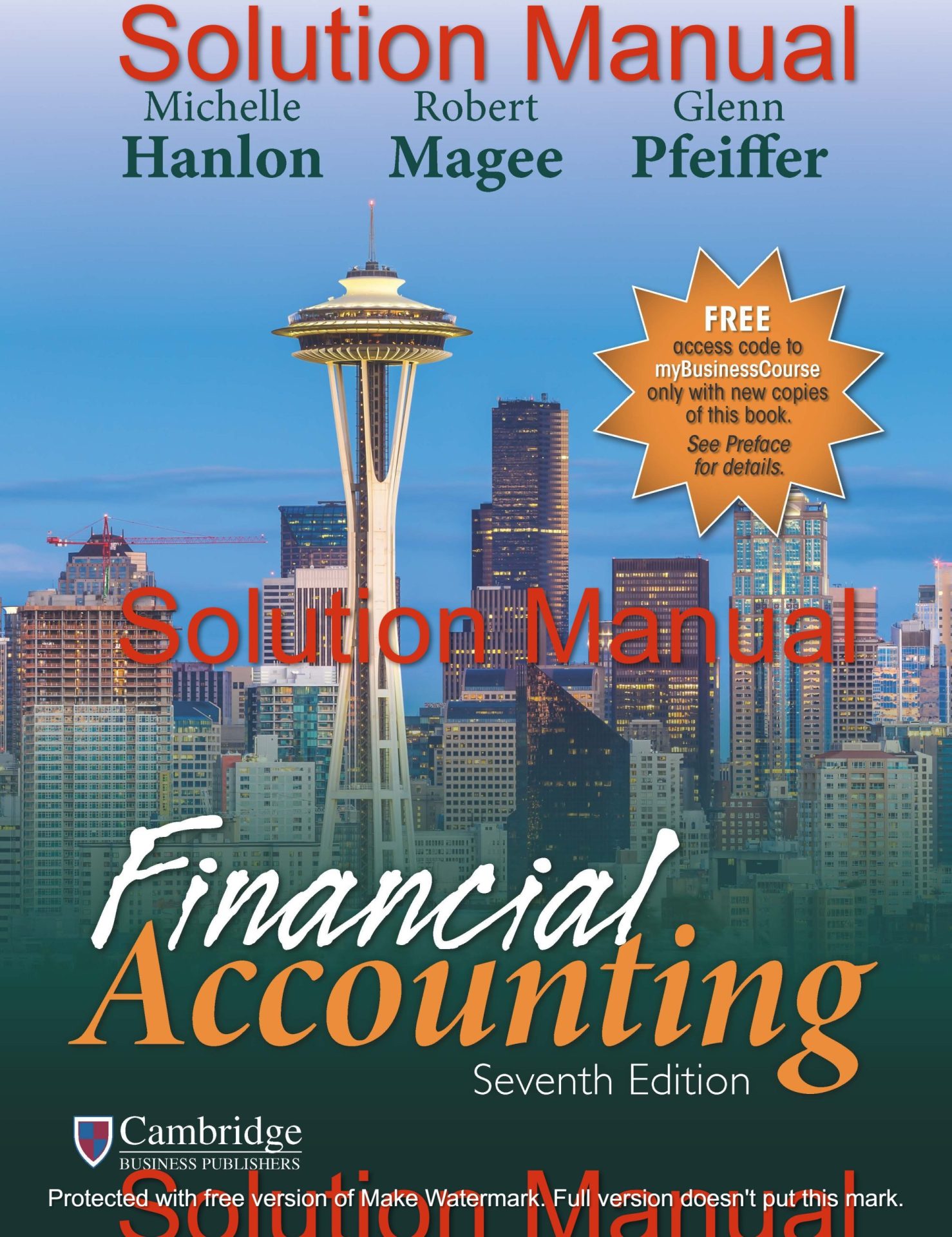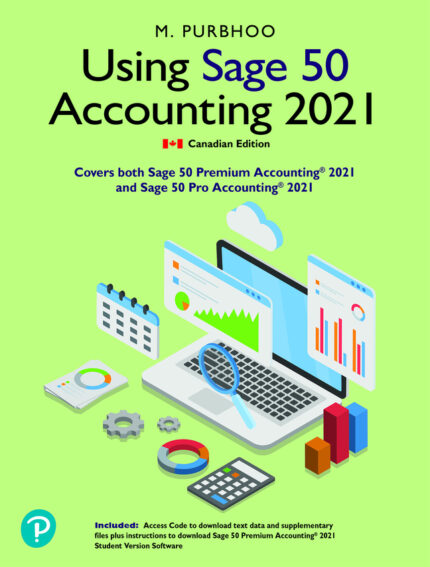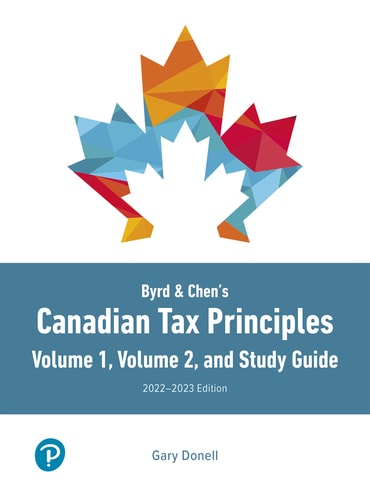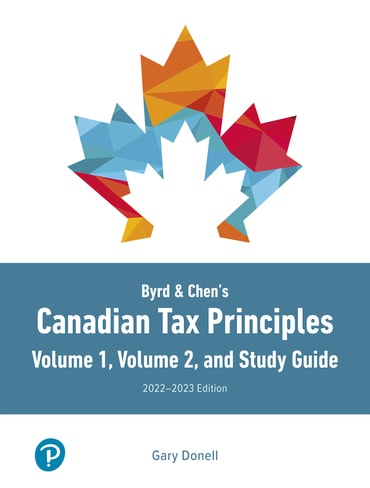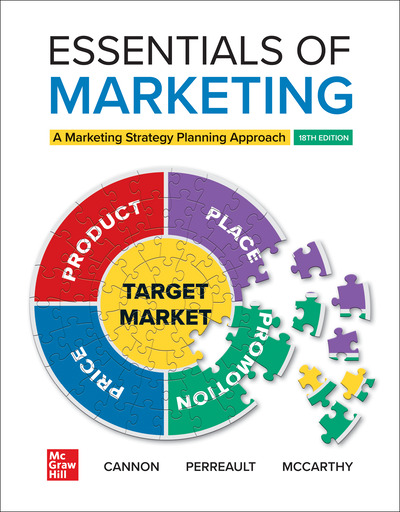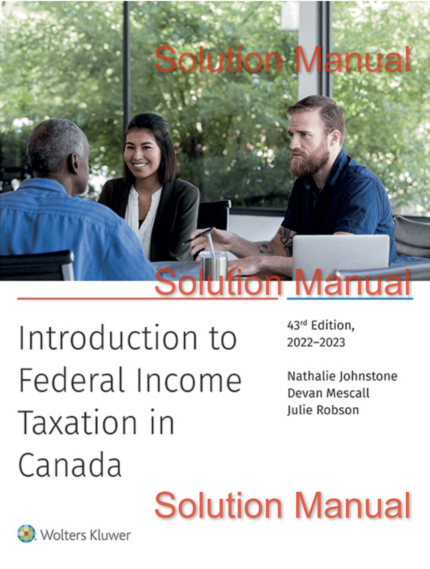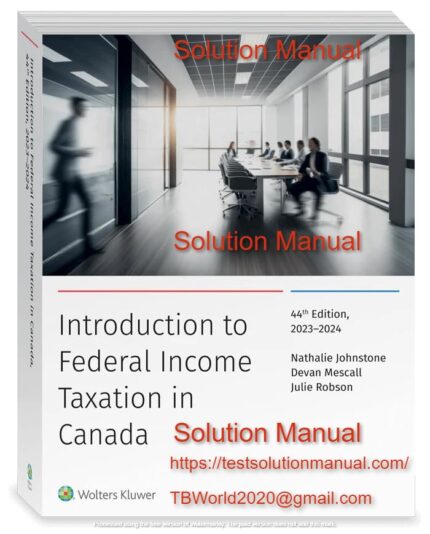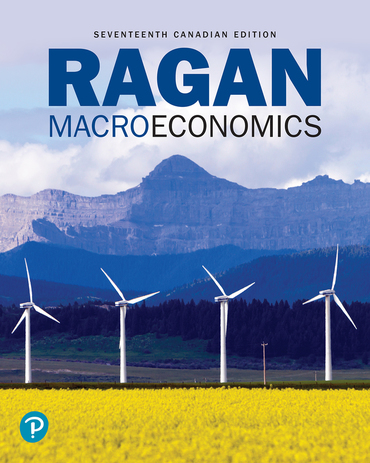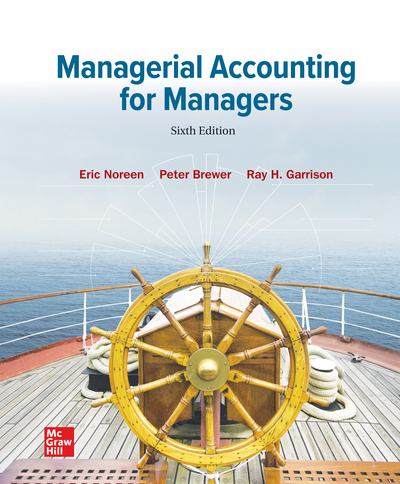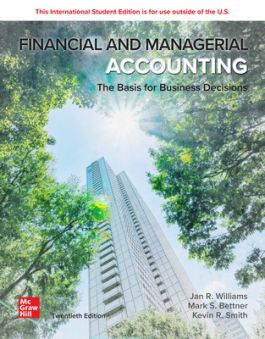Financial Accounting, 7e by Glenn Pfeiffer, Michelle Hanlon, Robert Magee 2023 , Solution manual
Table of contact for Financial Accounting, 7e by Glenn Pfeiffer
Chapter 1: Introducing Financial Accounting
Chapter 2: Constructing Financial Statements
Chapter 3: Adjusting Accounts for Financial Statements
Chapter 4: Reporting and Analyzing Cash Flows
Chapter 5: Analyzing and Interpreting Financial Statements
Chapter 6: Reporting and Analyzing Revenues, Receivables, and Operating Income
Chapter 7: Reporting and Analyzing Inventory
Chapter 8: Reporting and Analyzing Long-Term Operating Assets
Chapter 9: Reporting and Analyzing Liabilities
Chapter 10: Reporting and Analyzing Leases, Pensions, Income Taxes, and Commitments and Contingencie
Chapter 11: Reporting and Analyzing Stockholders’ Equity
Chapter 12: Reporting and Analyzing Financial Investments
Sample for the Solution manual Financial Accounting, 7e by Glenn Pfeiffer
MINI EXERCISES
M1-19. (10 minutes)
LO 2
($ millions)
Assets = Liabilities + Equity
$21,172 $14,795 $6,377
Macy’s receives more of its financing from creditors ($14,795 million) versus owners ($6,377 million). Its owner financing comprises 30.1% of its total financing ($6,377 mil / $21,172 mil.).
M1-20. (10 minutes)
LO 2
($ millions)
Assets = Liabilities + Equity
$86,381 $65,283 $21,098
Coca-Cola receives more of its financing from creditors ($65,283 million) than from owners ($21,098 million). Its owner financing comprises 24.4% of its total financing ($21,098 mil./ $86,381 mil.).
M1-21. (15 minutes)
LO 2
($ millions)
| Assets | = | Liabilities | + | Equity | |
| Hewlett-Packard Enterprises Co | $ 54,015 | $ 37,919 | (a) $ 16,096 | ||
| General Mills | $30,806.7 | (b) $21,912.6 | $8,894.1 | ||
| Harley-Davidson | (c) $10,528.2 | $ 8,724.2 | $1,804.0 |
The percent of owner financing for each company follows:
Hewlett-Packard Ent. Co: 29.8% ($16,096 mil./ $54,015 mil.);
General Mills: 28.9% ($8,894.1 mil./ $30,806.7 mil.);
Harley-Davidson: 17.1% ($1,804.0 mil./ $10,528.2 mil.).
The creditor percent of financing is computed as 100% minus the owner percent. Therefore, Hewlett Packard Enterprises Co is more owner-financed (29.8%) than the other two firms, while Harley-Davidson has the highest percentage of creditor (non-owner) financing (82.9% = 100% – 17.1%).
M1-22. (15 minutes)
LO 3
For its annual report dated September26, 2020, Apple reports the following amounts (in $ millions):
| Assets | = | Liabilities | + | Equity |
| $323,888 | = | $258,549 | + | $65,339 |
As shown, the accounting equation holds for Apple. Also, we can see that Apple’s creditor financing is 79.8% of its total financing ($258,549 mil./$323,888 mil).
M1-23. (20 minutes)
LO 3
Nike was less profitable in the fiscal year ending May 2020 versus in the fiscal year ending May 2019. Net income was $4,029 million in the fiscal year ending May 2019 compared to $2,539 in the fiscal year ending May 2020. Note: As reported in the text, ROE was 29.7% in the fiscal year ending May 2020 compared to 42.7% in the fiscal year ending May 2019.
M1-24. (20 minutes)
LO 3
- BS d. BS and SE g. SCF and SE
- IS e. SCF h. SCF and SE
- BS f. BS and SE i. IS and SE
M1-25. (10 minutes)
LO 1
There are many stakeholders affected by this business decision, including the following (along with a description of how):
- You/Manager—your reputation, self-esteem, and potentially your livelihood can be affected.
- Creditors/Bondholders─ credit decisions based on inaccurate information can occur.
- Shareholders—buying or selling shares based on inaccurate information can occur.
- Management/Employees of your company—repercussions of your decision extend to them; also, your decision may suggest an environment condoning dishonesty
Indeed, our decisions can affect many more parties than we might initially realize.
M1-26. (10 minutes)
LO 4
Internal controls are rules and procedures that involve monitoring an organization’s activities, transactions, and interactions with customers, employees and other stakeholders to promote efficiency and to prevent wrongful use of its resources. They help prevent fraud, ensure the validity and credibility of accounting reports, and are often crucial to effective and efficient operations.
The absence or failure of internal controls can adversely affect the effectiveness of both domestic and global financial markets. Enron (along with other accounting scandals) provided a case in point. Because the failure of internal controls can have significant economic consequences, Congress is interested in making sure that publicly- traded companies have adequate internal controls and that any concerns about internal controls are properly reported.

